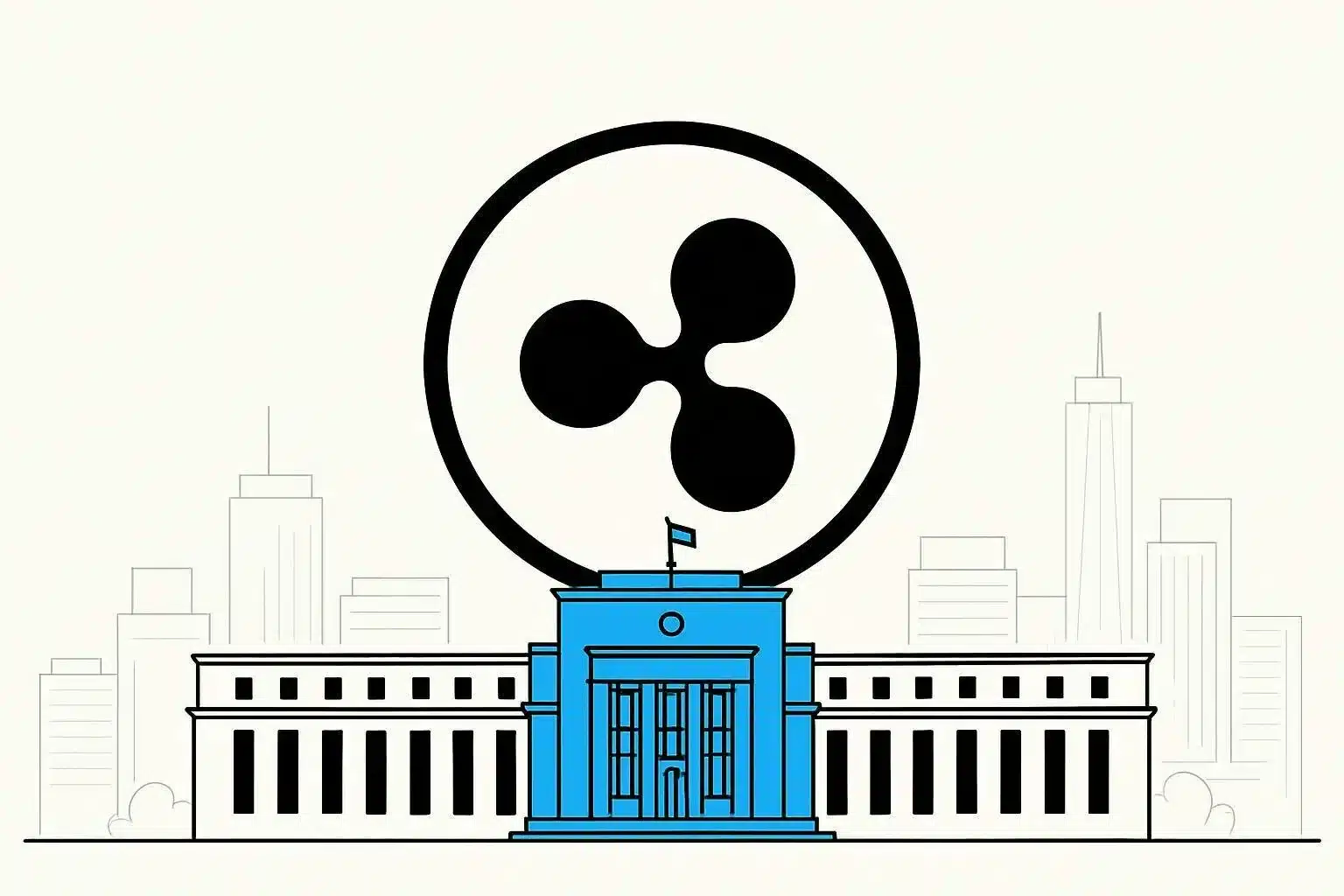- Ripple’s Bank Move Could Redefine XRP’s Role in Traditional Finance
- RLUSD May Leap Ahead of Stablecoin Rivals
- XRP Set for Institutional Takeoff
Ripple’s recent application for a U.S. national bank charter has triggered fresh debate about its broader implications for the digital asset XRP. According to All Things XRP (@XRP_investing), a well-followed industry commentator, this regulatory move could dramatically reshape how XRP is perceived and used within financial systems.
By seeking federal approval to operate as a bank, Ripple is positioning itself to fall under oversight from key regulators such as the Office of the Comptroller of the Currency.
This would put Ripple in the same league as conventional financial institutions, a step that would likely earn instant credibility for the firm and its digital assets.
Another part of the Ripple plan involves purchasing a master account at the Federal Reserve. With such access, Ripple would be able to possess RLUSD reserves from the Fed.
RLUSD has no third-party banking partners, so its transparency and safety may be equal to or greater than those of existing stablecoins.
🚨⚠️ RIPPLE JUST APPLIED FOR A US BANK CHARTER.
This isn’t just big—it could rewrite XRP’s destiny.
What it actually means for XRP and RLUSD might shock you.
Let me break it down in simple terms.🧵👇🏻 pic.twitter.com/e3MW76EHdw
— All Things XRP (@XRP_investing) July 2, 2025
Also Read: Here’s a Breakdown of Four XRP Price Targets if Ripple Secures Banking License
The expert further stated that RLUSD may emerge as a leading stablecoin with the potential to be used by institutions, with oversight from both OCC and the New York Department of Financial Services.
RLUSD is already 1:1 backed with U.S. Treasuries and will soon be insured with FDIC, therefore, appealing to companies that are already risk-averse and focused on the regulatory environment.
Banking Ambitions Could Transform XRP’s Institutional Outlook
According to the same pundit, Ripple’s transformation into a bank would not just affect RLUSD. It could significantly increase institutional trust in XRP, which is already central to Ripple’s On-Demand Liquidity solution.
After being supported by a bank charter and linked to the Federal Reserve, XRP can easily become the payment vehicle of choice by regulated financial institutions that want to execute faster and cheaper cross-border payments.
Since Ripple would henceforth no longer need to use correspondent banking systems, using XRP could substitute some of the legacies of financial infrastructures with compliant systems.
The existing market gap between RLUSD and major stablecoins such as USDC and USDT is broad. RLUSD has a market cap of only $470 million compared to $62 billion and $158 billion of USDC and USDT, respectively.
Nevertheless, by introducing banking authority and having access to federal accounts, that gap would soon become quite minimal, energizing the XRP ecosystem at the same time.
If successful, Ripple could be the first blockchain-native institution to offer end-to-end financial services, including real-time settlement and custody. These services would all be carried out using the XRP Ledger, offering a novel paradigm for introducing crypto to modern finance.
The analysis suggests that Ripple’s pursuit of a U.S. banking license could mark a turning point for XRP. With growing regulatory alignment and potential institutional trust, Ripple’s strategy might prove more disruptive than previously assumed.
Also Read: Bitcoin Tops $109K as Ethereum, Dogecoin, and Solana Lead Crypto Gains

